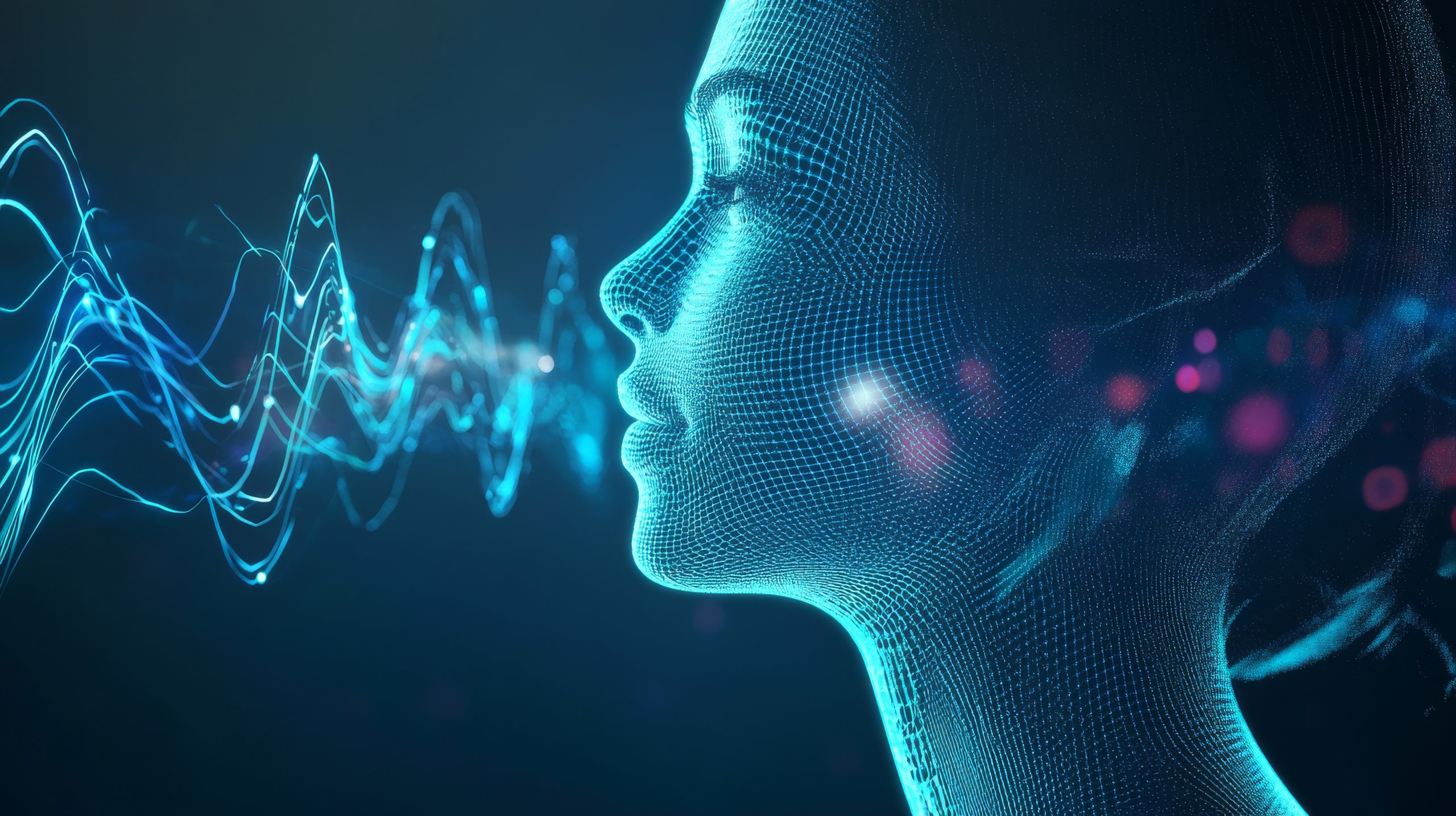How AI Voice Cloning Technology Works
AI-generated voices are created using deep learning techniques, particularly deep neural networks trained on vast datasets of human speech. These models learn to replicate the tone, pitch, and cadence of individual voices, enabling near-perfect mimicking. Text-to-speech systems have evolved from robotic outputs to expressive, natural-sounding speech that is increasingly indistinguishable from real human voices.
Applications of Synthetic Voices
Voice cloning has already found diverse and impactful applications:
- Entertainment: AI voices are used in films, video games, and animated series for dubbing and dialogue creation.
- Audiobooks & Podcasts: Creators use cloned voices to streamline production and maintain consistent narration.
- Accessibility: Individuals with speech impairments can personalize digital voices that sound like their own.
- Virtual Assistants: AI assistants like Siri and Alexa are becoming more emotionally expressive and responsive thanks to advanced synthetic voices.
These applications demonstrate the convenience and creative potential of this technology.
The Rising Threat of Audio Deepfakes
While synthetic voices offer benefits, they also introduce serious risks. One of the most pressing is the rise of audio deepfakes, fake voice recordings used to deceive, impersonate, or commit fraud. Scammers now use AI-generated voices to mimic family members, corporate executives, or government officials.
As explored in AI-Powered Scams: Artificial Intelligence Helps Fraud, synthetic voices are already being deployed in voice phishing and financial fraud schemes. The realism of these voices makes detection difficult and heightens the potential for manipulation.
Legal and Ethical Challenges
Key ethical issues include:
- Consent: Whose voice is being cloned, and do they have control over its use?
- Attribution: How do we verify whether a voice is authentic or synthetic?
- Accountability: Who is responsible if a cloned voice is used to cause harm?
Without robust legal frameworks, bad actors can exploit these tools with little consequence. Some jurisdictions are considering regulations, but enforcement remains fragmented and inconsistent.
Combating Misuse and Building Trust
To mitigate risks, researchers and tech companies are developing voice watermarking systems, verification tools, and ethical standards for AI-generated speech. Public education also plays a role users must become more skeptical of audio evidence and aware of synthetic media capabilities.
Ethical development should prioritize transparency and consent, ensuring that synthetic voices enhance rather than endanger digital communication.
The Road Ahead for Synthetic Voices
The future of AI-generated voices will likely involve even more personalization and emotional nuance. But without comprehensive ethical guardrails, the line between creative utility and dangerous deception will remain dangerously thin.
As AI continues to evolve, maintaining a balance between innovation and responsibility will be essential to ensure trust in what we hear.





Leave a Reply